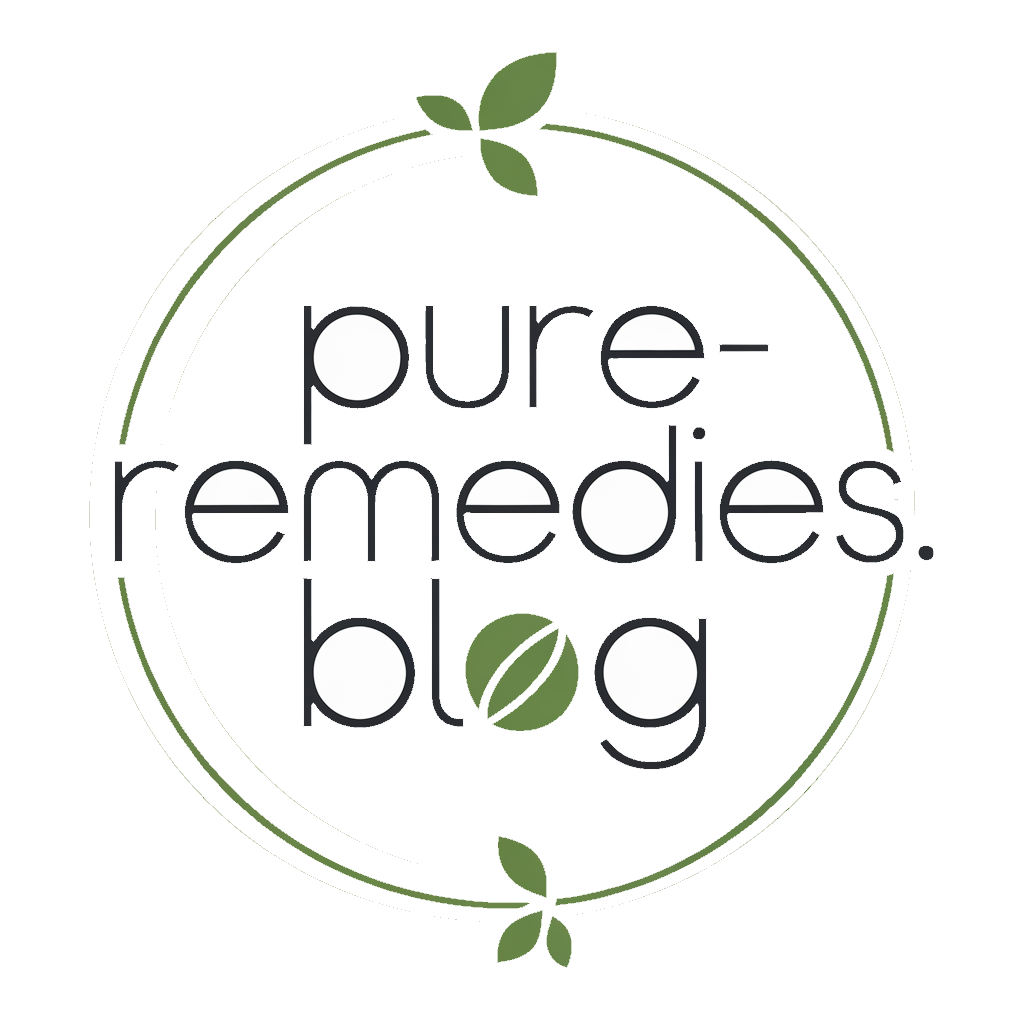Calm Your Nerves in 5 Minutes Using This Breathing Trick!
When you’re feeling overwhelmed, you can quickly calm your nerves in just 5 minutes with diaphragmatic breathing—it’s a simple, science-backed trick that engages your diaphragm for instant relief. Sit comfortably, place a hand on your belly, inhale slowly through your nose for four counts, hold for four, then exhale for six. This reduces anxiety, lowers blood pressure, and boosts your mood right away. Explore further techniques to weave it into your routine.
Key Takeaways
- Practice diaphragmatic breathing to calm nerves quickly by inhaling deeply through your nose for four counts.
- Place one hand on your belly to ensure it rises with each inhale, engaging the diaphragm effectively.
- Hold your breath for four counts after inhaling to maximize oxygen flow and relaxation.
- Exhale slowly through pursed lips for six counts, allowing your belly to fall and release tension.
- Repeat this 4-7-8 cycle for five minutes to reduce anxiety and promote immediate calm.
The Breathing Technique Explained
This breathing technique, often called diaphragmatic breathing, offers a quick way to ease anxiety. You engage your diaphragm fully, drawing air deep into your belly rather than shallowly into your chest, which promotes natural stress relief. This approach is supported by scientific evidence that underscores its effectiveness in managing stress.
Research shows this method activates your body’s relaxation response, reducing cortisol levels and fostering a sense of calm when life’s pressures build. You’re not alone in feeling overwhelmed—many find this approach helps you regain control without relying on medications.
As a natural stress relief tool, it’s accessible anytime, whether you’re at work or home, helping you shift from fight-or-flight to a more balanced state.
Additionally, for enhanced benefits, you can integrate the 4-7-8 breathing method to promote deeper relaxation and better sleep quality.
Step-by-Step Instructions
As you prepare to practice diaphragmatic breathing, find a quiet spot and get comfortable, whether sitting or lying down.
Place one hand on your belly and the other on your chest to feel the movement. Inhale slowly through your nose for a count of four, letting your belly rise while keeping your chest still—this engages your diaphragm effectively, as supported by breathing research.
Hold your breath for a count of four, allowing oxygen to flow deeply. Then, exhale gently through pursed lips for a count of six, feeling your belly fall.
Repeat this cycle for five minutes, focusing on the rhythm to stay present. If your mind wanders, that’s okay; gently redirect it back to your breath. This technique is a variation of the 4-7-8 breathing method, which promotes deeper relaxation by extending the hold and exhale phases.
This method, backed by clinical studies, offers a simple way to regain control during stressful moments.
To enhance its benefits, incorporate mindful awareness into each breath, as this technique is rooted in strategies for natural anxiety relief. (150 words)
Benefits of Practicing This Method
Regular practice of diaphragmatic breathing yields immediate and lasting benefits for your mental and physical health. You’ll notice reduced stress levels right away, as it activates your body’s relaxation response, lowering cortisol and easing anxiety. Over time, it strengthens your resilience, improves focus, and even enhances sleep quality, backed by studies showing its impact on heart rate variability. Additionally, this method supports deeper sleep by encouraging natural techniques that foster restorative rest. Moreover, integrating the 4-7-8 breathing technique can offer a straightforward way to achieve faster anxiety relief during intense moments.
| Benefit Area | Specific Benefit | How It Helps You |
|---|---|---|
| Mental | Reduces anxiety and stress | Calms your racing thoughts quickly |
| Physical | Lowers blood pressure | Eases tension and promotes relaxation |
| Emotional | Boosts mood and resilience | Helps you handle daily challenges |
| Overall | Improves sleep and energy | Enhances your daily well-being |
Tips for Effective Use
To get the most from diaphragmatic breathing, incorporate these simple tips into your routine. Backed by studies showing it lowers cortisol levels, this technique can ease your anxiety quickly when done right.
-
Choose a distraction-free environment****: Sit or lie in a quiet spot to focus better, enhancing your relaxation response.
-
Monitor your breath’s depth: Place a hand on your abdomen; feel it rise as you inhale deeply, ensuring you’re engaging the diaphragm for maximum oxygen intake.
-
Maintain a steady rhythm****: Inhale for four counts and exhale for six; this evidence-based ratio helps activate your parasympathetic nervous system effectively.
-
Stay present and adjust: Tune into bodily sensations; if you feel tension, modify your position to keep it comfortable and sustainable.
-
Practice with intention: Set a clear goal per session, like reducing overwhelm, to build mindfulness and track your progress empathetically.
Furthermore, to enhance overall vitality, consider integrating a quick breathing technique that can help combat fatigue, as supported by natural energy-boosting methods.
Combining this technique with rapid mindfulness exercises can provide even faster mental clarity and help combat brain fog effectively.
Ways to Incorporate It Daily
Once you’ve mastered the basics, integrating diaphragmatic breathing into your daily routine becomes a simple yet powerful habit that reduces stress over time.
You can start your day with it during morning coffee, easing into a calmer mindset as research from the Journal of Clinical Psychology confirms it lowers anxiety levels quickly.
At work, pause for a few breaths during breaks to reset; this evidence-based technique enhances focus and productivity. Additionally, regular use of this breathing method can improve better focus by supporting overall cognitive performance.
Before meals or meetings, use it to center yourself, building resilience against daily pressures.
In the evening, incorporate it into your wind-down routine to improve sleep, as studies link regular practice to better emotional regulation.
Make it a game—set reminders on your phone to practice twice daily, turning small moments into stress-relieving rituals that foster long-term well-being.
To amplify these benefits, consider combining diaphragmatic breathing with morning hydration for an even greater boost in mental clarity.





